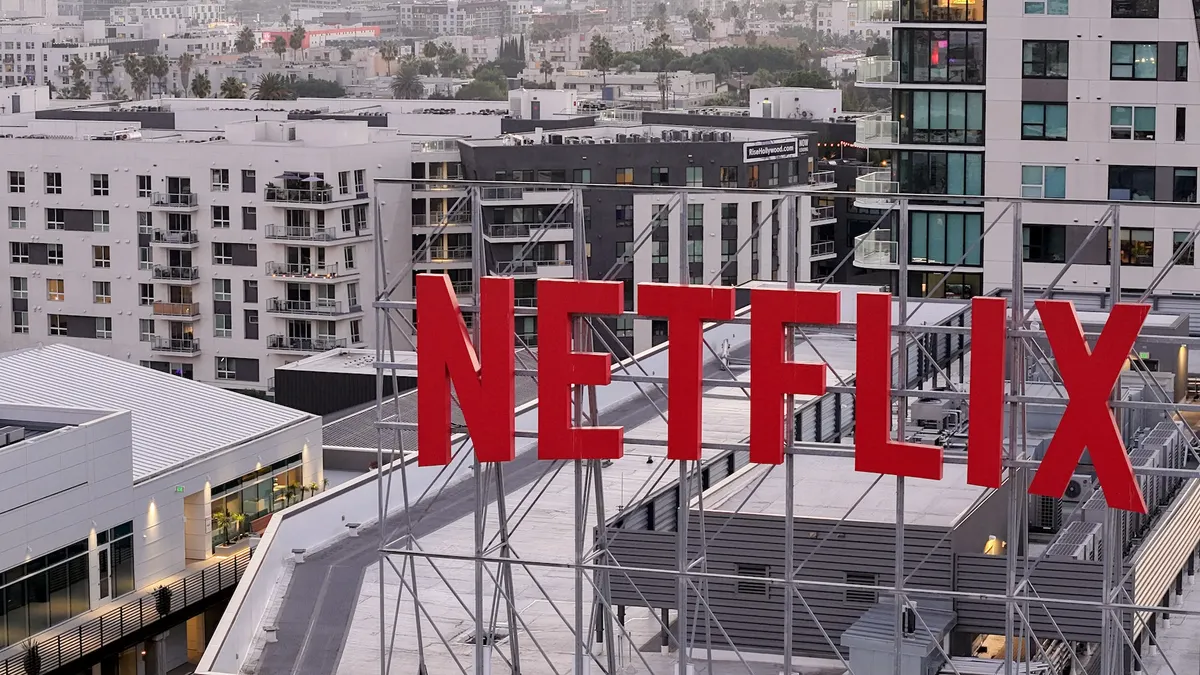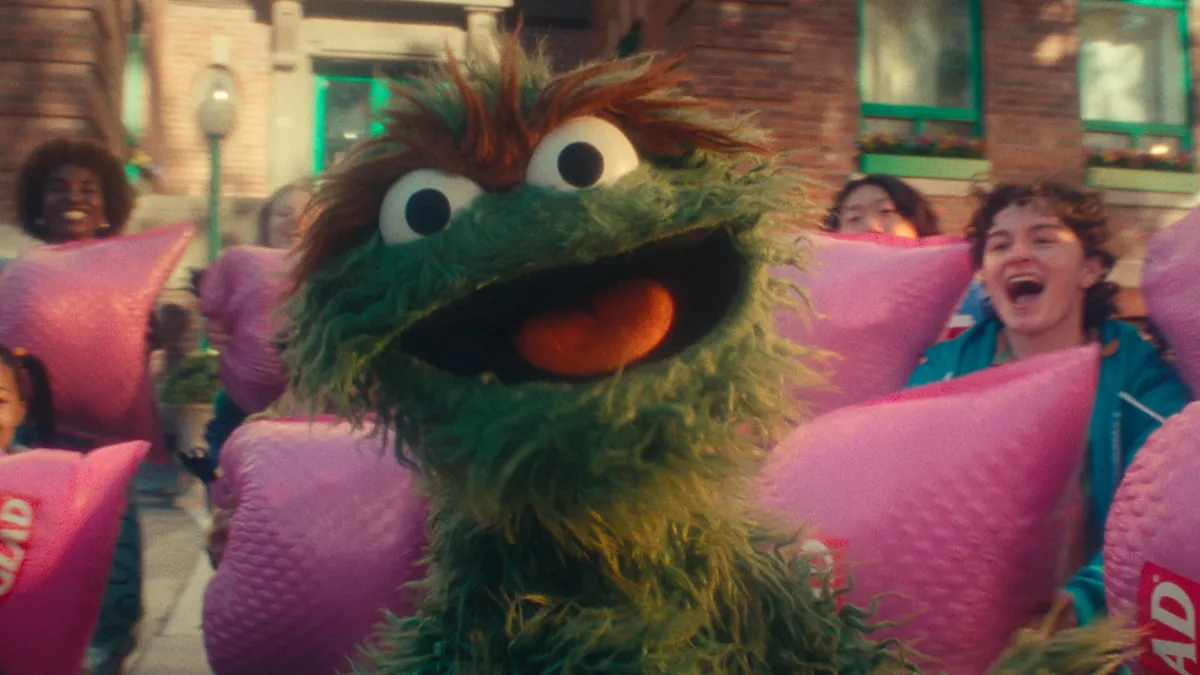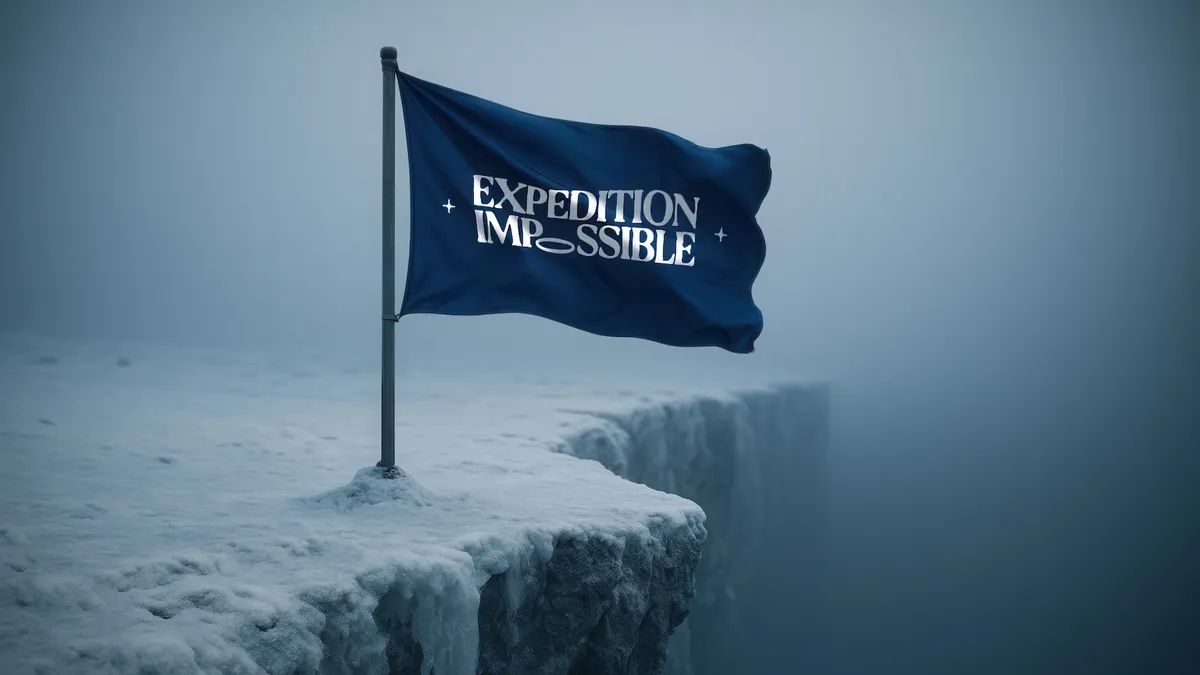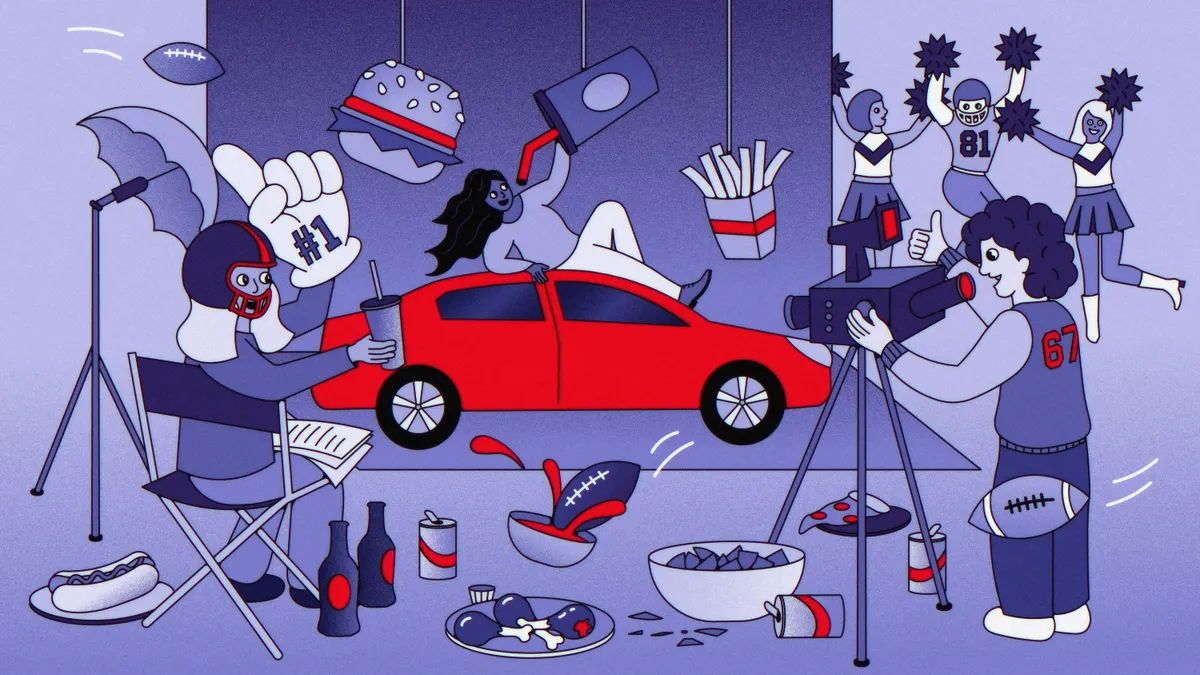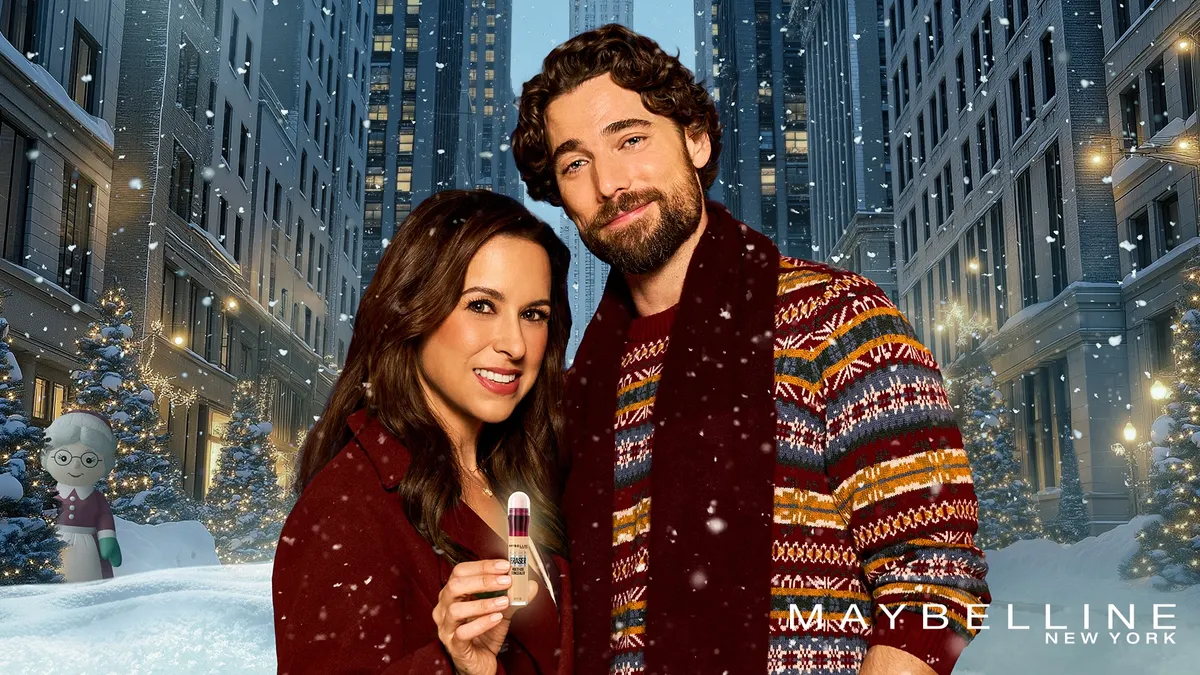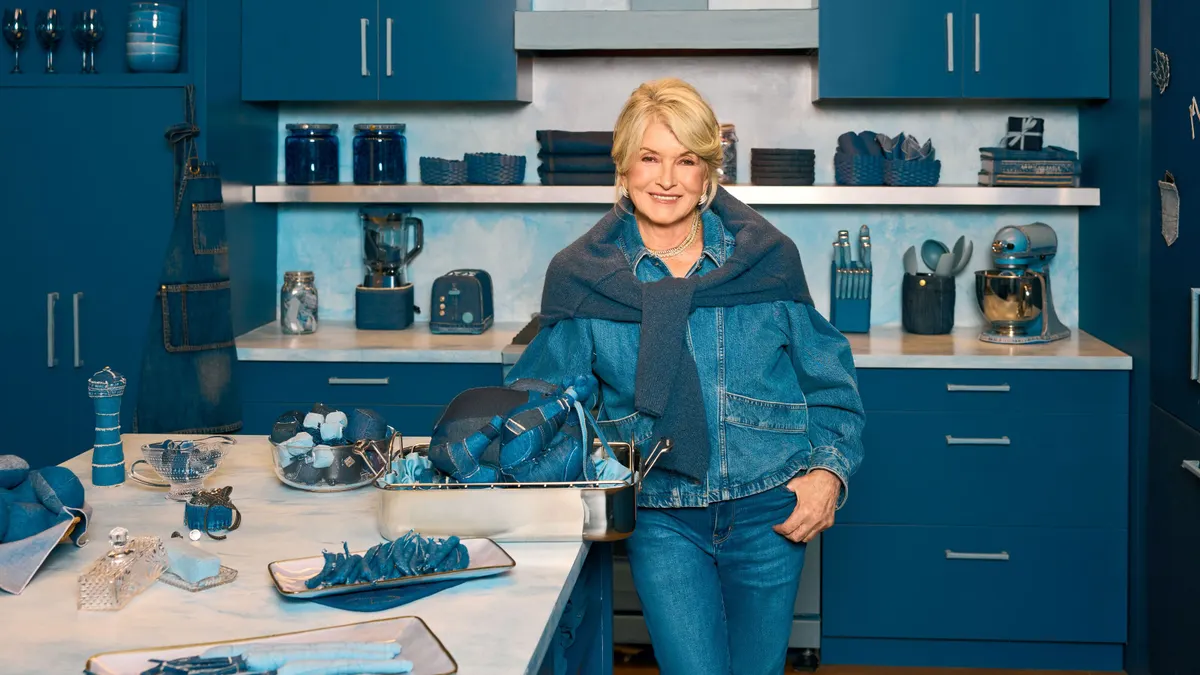Like much of the events space, the TV upfronts season has been turned on its head by the coronavirus pandemic. What was once a glitzy series of presentations held in concert hall-sized venues has been reduced to trimmed-down video conferences streamed from executives' homes, as evidenced by NBCUniveral's Monday presentation.
"Everyone is Zooming and creating a totally different presentation than what it used to be," Tal Chalozin, co-founder and CTO of Innovid, said during a webinar presented by the ad-tech firm Tuesday.
The sharp shift in presentation format, while necessitated by a public health crisis, underpins other, more significant changes that the upfronts may need to go through to remain relevant to advertisers in a historically disrupted world, executives said during the virtual discussion.
"Last year when we were going into the upfronts, we kept saying there's less inventory, there's less people watching, it's more expensive and consumer behaviors are really changing," Melissa Grady, CMO of Cadillac, said in a Q&A with Chalozin. "Going into this year, that's even fundamentally more different."
Grady suggested that, despite the challenges brought on by the novel coronavirus, including billions in lost revenue as money-making draws like live sports are canceled, the upfronts haven't evolved to meet this new reality. It's increasingly clear that broadcasters' revenue problem won't be short-term. Major marketers including Cadillac owner General Motors, PepsiCo and General Mills are reportedly looking to walk back some of their prior upfront spending commitments, The Wall Street Journal reported, which could result in up to 50% of Q3 spending evaporating.
Remaining stagnant then not only poses a relevancy question to the upfronts, but more existential ones as well. Grady noted that Cadillac will closely be watching Q4 2020 and Q1 2021, in particular, as a potential second wave of COVID-19 cases and other uncertainties may further offset business as usual.
"Right now, we're starting to go into it in a more traditional way," Grady said of the current upfronts season. "But I think we're at a moment where it wouldn't be bad if we all took a step back and said, wait a minute, this isn't the same thing."
Due for a revamp
The GM marketer isn't alone in pushing for big changes to the upfronts. Brands generally are looking for greater assurances that media and messaging can shift with audience changes caused by the coronavirus and that canceled event sponsorships can be flexible and applied to similarly high-profile content, according to an Advertiser Perceptions study shared with Marketing Dive.
Forty-one percent of advertisers surveyed by the firm said that the networks will be forced to entirely abandon the upfront model, while nearly half said they believe advertisers will not commit to more than 90 days' worth of TV inventory in this year's season.
"The Upfront strikes at the heart of the uncertainty advertisers are struggling with," Justin Fromm, EVP, business intelligence at Advertiser Perceptions, said in a press statement. "They can't commit long-term but they can't afford to get caught flat-footed in a tight scatter market, either."
Speaking at Ad Age's TV Pivot livestreamed event this week, Matt VanDyke, Ford's director of U.S. marketing, said that the upfronts remain too focused on dated sales metrics and an inflexible schedule. However, he noted that the coronavirus provides an opportunity to revamp the event with purpose.
"Adults 25-to-54 is not the future, and for a business like us where less than half of all adults buy a new vehicle in their lifetime, targeting and precision marketing is crucial," said VanDyke. He suggested that the upfronts move to a calendar-year schedule to better align with the demands of modern marketing, per Ad Age.
During the Innovid talk, Cadillac's Grady also noted that measurement has only grown more complicated, but is an area upfront partners could help brands to improve.
"What's interesting is, as we're moving on, you'd think that [measurement] would become easier. As there's cookie deprecation, as we see the shifting in consumer behavior, measurement is actually becoming more difficult," Grady said. "That's something we're trying to stay close to ... but when you look at the buying side of things that's actually where we've, I think, made bigger leaps and bounds.
"As we look at our metrics, the things that were key indicators before aren't anymore," Grady added later, pointing to the huge boosts Cadillac has seen in e-commerce and its virtual car showing tool since the pandemic started. "We're trying to figure out: What are our metrics? How do we measure things?"
Content opportunities
On the content front, the pandemic has forced other changes that could double as opportunities for upfronts presenters to look into. Deeper brand integrations are in higher demand as viewing of ad-free streaming services or more niche channels like esports climbs among locked-down consumers.
"Media consumption has been changing a lot over the last couple of years. How we want to buy, what places we want to be — that's been changing," Grady said. "This has just accelerated it."
Grady pointed to recent viral sensations like in-game "Fortnite" concerts — a virtual show with rapper Travis Scott drew a record 12.3 million live viewers in April — or John Krasinki's "Some Good News" YouTube program as areas that excite her.
However, these are not necessarily spaces where the marketer would deploy the types of advertising plays that are traditionally secured at the upfronts.
"We don't want to just be running spots. We want to look at what true integration looks like, especially now as people are starting to look at, 'how do I consume content in an entertaining way?'" Grady said. "I think that that's the biggest thing. [Upfronts] people have to come with an educated perspective on how consumer behaviors are changing, and what is their meaningful way that they can help you reach those people?"
Overall, Grady and other executives speaking on the Innovid lineup said they believed the upfronts will stay afloat, but face a challenging time ahead. The identity of the show, and its differentiation from the IAB's Digital Content Newfronts held later in the year, is becoming less clear as digital and traditional channels continue to bleed together, while old guard networks like NBCUniversal put a spotlight on newer streaming offerings. Half of advertisers surveyed by advertiser perceptions also believe they can replace linear TV reach with over-the-top and connected television, along with digital video ads.
"I think [the upfronts are] still relevant in the fact that we all need a way to buy at rates that make sense," Grady said during the Innovid webinar. "I don't know exactly what that should look like."






